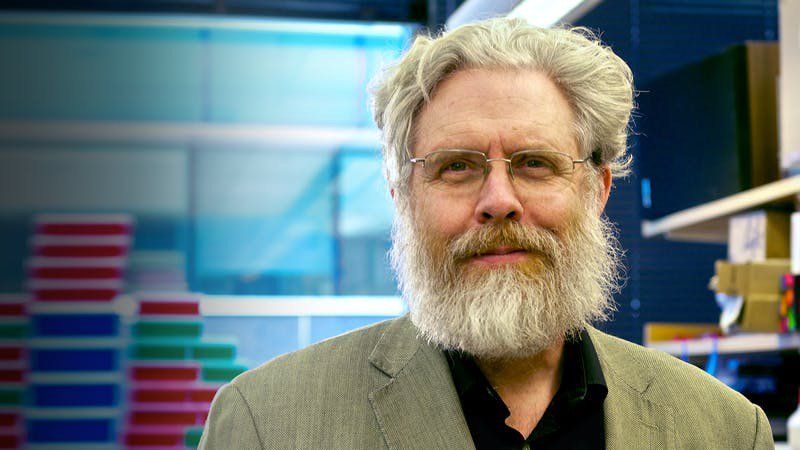A new study suggests that printing drugs on a QR code that patients can scan with their phones could pave the way for personalized medicine.
Get the latest international news and world events from around the world.
How Swarm Intelligence Is Making Simple Tech Much Smarter
As a group, simple creatures following simple rules can display a surprising amount of complexity, efficiency, and even creativity. Known as swarm intelligence, this trait is found throughout nature, but researchers have recently begun using it to transform various fields such as robotics, data mining, medicine, and blockchains.
Ants, for example, can only perform a limited range of functions, but an ant colony can build bridges, create superhighways of food and information, wage war, and enslave other ant species—all of which are beyond the comprehension of any single ant. Likewise, schools of fish, flocks of birds, beehives, and other species exhibit behavior indicative of planning by a higher intelligence that doesn’t actually exist.
It happens by a process called stigmergy. Simply put, a small change by a group member causes other members to behave differently, leading to a new pattern of behavior.



Start to finish tooth reconstruction
Damaged or chipped teeth can be reconstructed.




This AI software dreams up new designs for 3D-printed parts before your eyes
Desktop Metal’s new software lets regular people design objects optimized for 3D printing, no experience required.
The news: Desktop Metal’s new LiveParts is a piece of software that automatically generates designs of objects ready for 3D printing. Users just tell it the structural constraints of the object they’re building, and it uses biology-inspired AI models to quickly generate a design suited to additive manufacturing.
Better components: The software ensures that parts take advantage of 3D printing’s capabilities. “This would enable weight reductions between 25 and 60 percent of many kinds of general-purpose parts,” says Desktop Metal CEO Ric Fulop, “while spreading loads more evenly and improving fatigue resistance.”